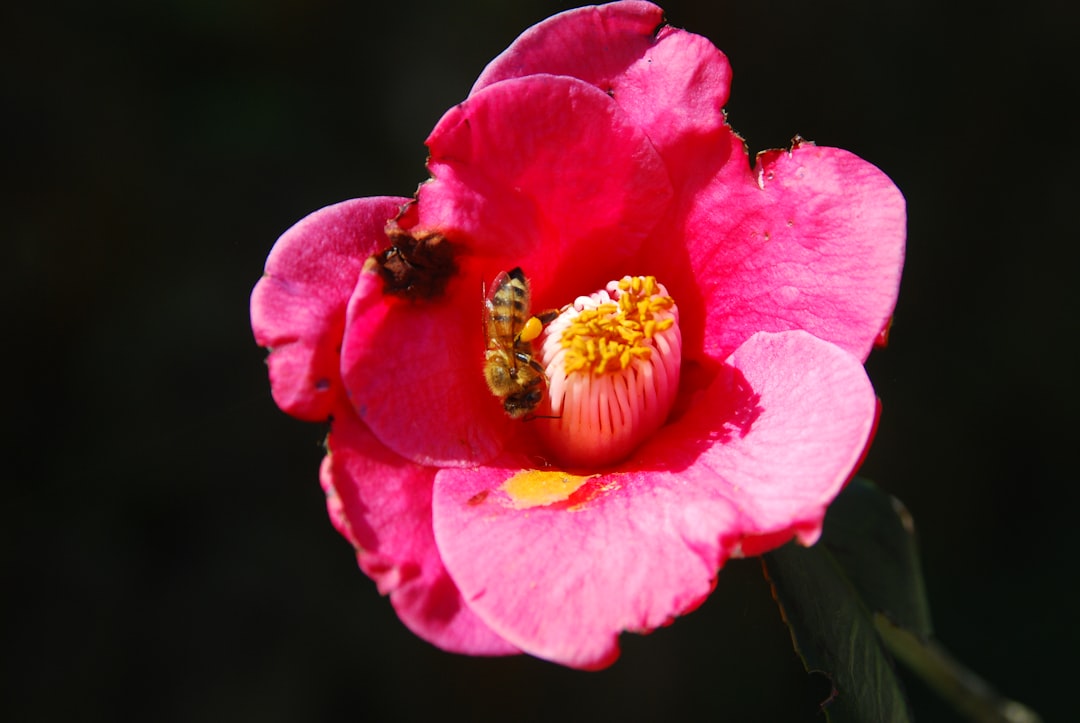Unveiling the Secrets of Cultivating Tweedia: A Pollinator's Paradise

Tweedia, a charming tropical vine belonging to the milkweed family, is a true gem in the world of flower gardening. Not only does it add a touch of elegance to any garden, but it also serves as a magnet for pollinators. In this article, we will explore the essential tips for growing tweedia successfully.
### Understanding Tweedia
Tweedia, scientifically known as Tweedia caerulea, is native to South America. It is characterized by its delicate, star - shaped blue flowers that bloom profusely during the growing season. These flowers not only look beautiful but also play a crucial role in the ecosystem by attracting bees, butterflies, and other pollinators.
### Choosing the Right Location
One of the first steps in growing tweedia is selecting the appropriate location. Tweedia thrives in full sun to partial shade. A spot in your garden that receives at least 6 hours of sunlight per day is ideal. However, in regions with extremely hot summers, a bit of afternoon shade can prevent the plant from getting stressed. The soil should be well - drained. Tweedia does not tolerate waterlogged conditions, as this can lead to root rot. A loamy or sandy soil with a pH level between 6.0 and 7.5 is perfect for its growth.
### Planting Tweedia
You can start tweedia from seeds or seedlings. If starting from seeds, sow them indoors about 6 - 8 weeks before the last frost date. Fill a seed tray with a good quality seed - starting mix, moisten it, and sprinkle the seeds on the surface. Lightly cover the seeds with a thin layer of the mix, as they need some light to germinate. Keep the soil consistently moist but not soggy. Place the tray in a warm location, around 70 - 75°F (21 - 24°C). Once the seedlings have developed a few sets of true leaves, they can be transplanted outdoors.
If you are using seedlings, dig a hole in the prepared soil that is slightly larger than the root ball of the seedling. Gently remove the seedling from its container, place it in the hole, and backfill with soil. Press the soil gently around the base of the plant to secure it.
### Watering and Fertilizing
Tweedia has moderate water requirements. Water the plant deeply once a week, allowing the soil to dry out slightly between waterings. During hot and dry periods, you may need to increase the frequency of watering. However, always avoid over - watering. As for fertilizing, apply a balanced, slow - release fertilizer at the beginning of the growing season. You can also supplement with a liquid fertilizer every 4 - 6 weeks during the blooming period to encourage more flowers.
### Pruning and Training
Pruning is an important aspect of tweedia care. Regular pruning helps to maintain the shape of the plant and promotes bushier growth. You can prune back any dead or damaged branches throughout the growing season. In addition, since tweedia is a vine, it can be trained to climb on a trellis or other support structure. As the plant grows, gently guide the vines along the support to create an attractive display.
### Pest and Disease Management
Tweedia is generally a hardy plant, but it can be susceptible to some pests and diseases. Aphids and spider mites are common pests that may attack the plant. You can control these pests by spraying the plant with a strong stream of water or using an insecticidal soap. Fungal diseases can occur in humid conditions. To prevent this, ensure good air circulation around the plant and avoid overhead watering.
### Harvesting and Enjoying Tweedia
Once the tweedia flowers are in full bloom, you can cut them for floral arrangements. The long stems and beautiful blue flowers make them a great addition to bouquets. When cutting the flowers, use sharp, clean scissors and cut at an angle to maximize water uptake. You can also leave the flowers on the plant to enjoy their beauty in the garden and to provide a food source for pollinators.
In conclusion, growing tweedia can be a rewarding experience. By following these essential tips, you can create a thriving tweedia garden that not only looks beautiful but also contributes to the health of the local ecosystem. So, roll up your sleeves and start cultivating this wonderful tropical vine today!